Given that there is no “one size fits all” language when it comes to talking about race, there is no one color fits all when talking about cosmetics. During the last US Census, the percentage of people who reported multiple races changed drastically from only 9 million people in 2010, jumping to 33.8 million people in 2020. The infinite combinations of what this means to skin color shades make formulating for everyone feel like an impossible task. But if you take the standards of what the cosmetics industry was built on in decades prior, there is a need that was realized for BIPOC (Black, Indigenous, and People of Color). When we take this a step further to consider the individualistic nature of skin colors, that gives definition to the mosaic of our people.
For instance, the below shows the self-reported shade of skin in one race, Hispanic, alone
Now factor in undertones, which you can learn more about in our post on complimentary colors for POC, and the equation becomes more complicated.
So, How Can You Determine How to Formulate for Diversity?
Let’s Start with the Fitzpatrick Scale; it is a classification of skin types that predict the risk of sunburn based on the presence of melanin. This is important because as exposure to the sun happens, skins reactions are varied, , causing the base of an individual’s skin tone and a deepening of color vs. a reddening. Using a combination of effect pigments, you can create shades matching Types I-VI in a zinc oxide-based emulsion. For Types IV-VI, utilize blackened effect pigments, which contain iron oxides. This aids shading by creating darkness in color without dulling; below are ingredient combinations to match each of those in the Fitzpatrick Scale to get started.
Visit the Effect Pigments page to start mixing a perfect match offering for your customers.
Everyone Loves a Complement
Match the undertone to the shade examples found on our Complementary Colors post by incorporating Gold, Green, Rose, or clays into the mix. Connect with us today to get help on developing more shades.
Take Shade Matching a step further this Stick Mask Formula, combining the growing trend of solid cosmetics with the skinification of cosmetics, through the promotion of a detox effect, preventing the formation of wrinkles and restoring skin barrier integrity.
Sun Protection is Always Necessary, Education Just as Much
Sun, Mind The Gap Please
What is the Sun Gap? The Fitzpatrick scale, as discussed in our Charting Shade Offerings That Match All Skin Tones post, is also used to determine the response time to exposure to the sun, [...]


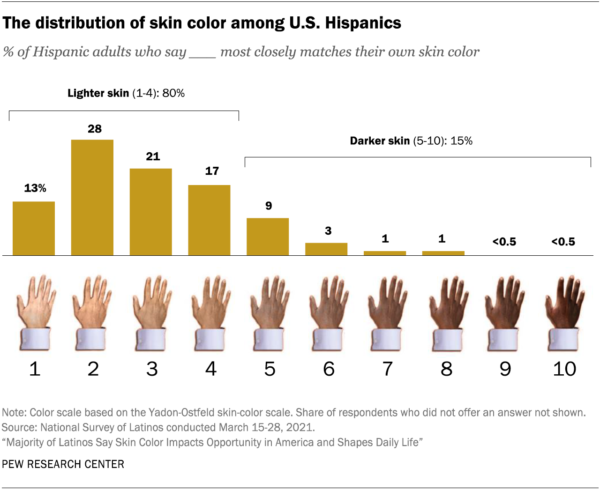 ‘
‘
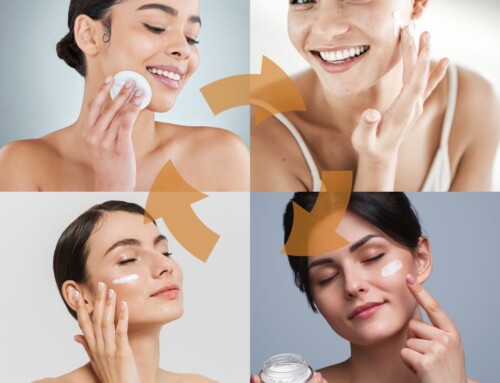
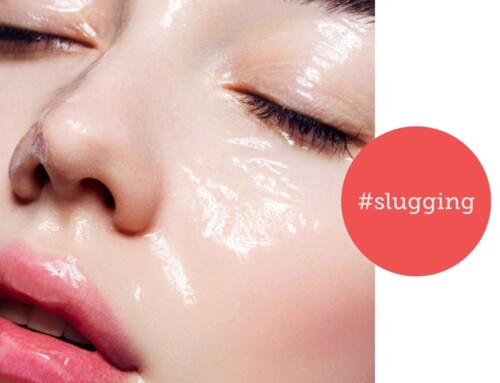
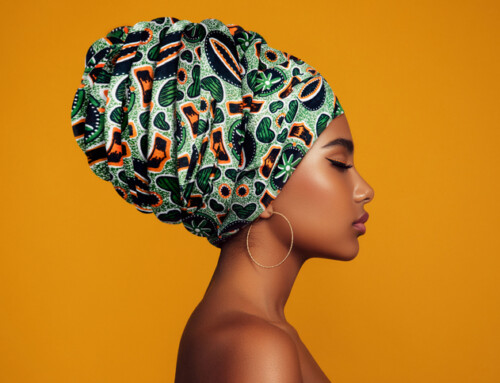
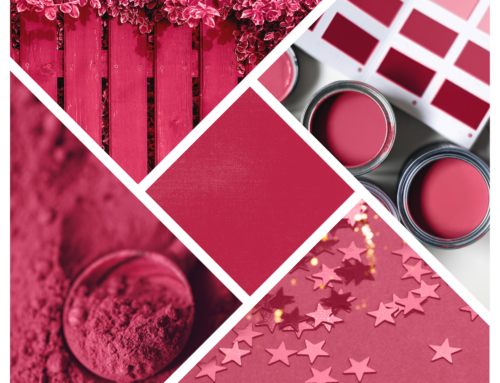
Leave A Comment
You must be logged in to post a comment.